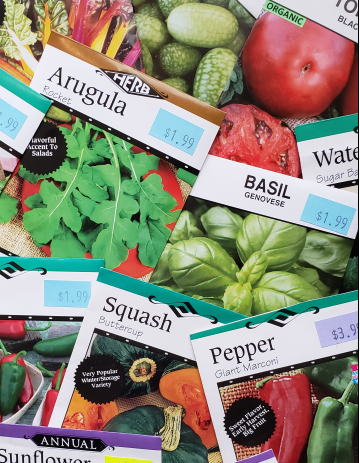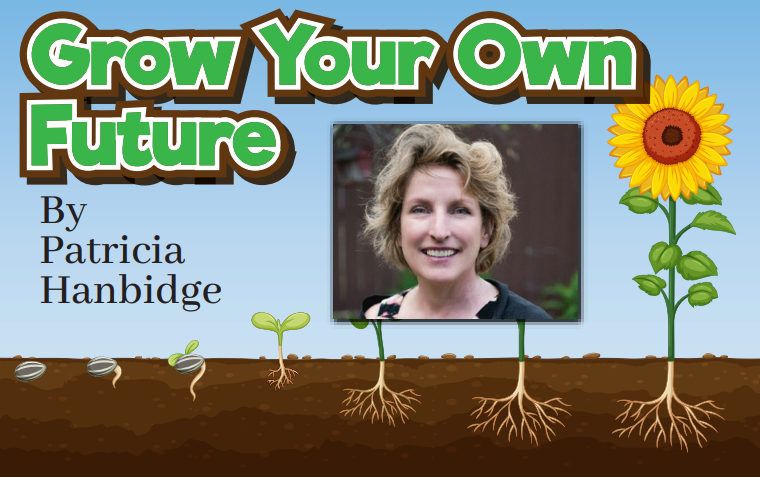Last week our column focused on some of the basics surrounding starting your own seeds. We talked about plants needing light, water, warmth, oxygen and food to grow and a little bit about the seed itself. Growing your own plants from seed is magical.
Most gardeners derive great satisfaction from growing plants. They grow just for ornamental value and also growing food that graces our tables when we cook for both friends and family. Starting seeds allows a greater degree of satisfaction and enables the gardener and the chef to know exactly what products were used on the plants from the beginning of life. Growing your own is also a more sustainable alternative to purchasing food that has been grown many miles away and had to undergo an unbelievable amount of transportation in order to get to our local grocer.
You might be wondering why it is a good idea to start seeds. After all it is a bit of work and you do need to purchase some gear in order to do it right. First and foremost, starting seeds will allow you to extend the growing season. This is a good thing as our frost-free days range from around 90 to 120. Many of the desirable crops you might like to grow need more than that amount of time to mature. Also, if you are a gardener, you already know that what you wish to grow that cannot be seeded into the garden in spring might not be available for you to purchase as bedding plants. We all like to be individual and grow in our gardens whatever we choose, so starting your own seeds will give you much more variability in your garden.

Another consideration is the importance of maintaining diversity in our seed sources. Growing heritage or heirloom plants allows a refurbishment of seeds that otherwise might be lost forever. In the age of genetically modified seeds and the ease of travel may make us more aware of the importance of ensuring our roots, our history, heritage and ultimately our seeds are maintained appropriately for future generations.
Now that we understand many of the reasons why we start seeds, let's talk more about the magic of the process and the huge variation of techniques that you may need to undertake for success. Last week we talked about the four things that seeds need in order to begin life. What we did not talk about is the huge variation of germination requirements that are needed in order to begin that amazing spark of life.
Other than the generalization that germination begins with the uptake of water, there are a host of conditions that are necessary for successful germination. To simplify things for you, let’s think of what you are growing as being either warm or cool-season crops. Warm season crops like sweet corn, lima beans, tomatoes, peppers, melons, okra, eggplant will generally need a warmer season of growth and typically a slightly warmer germination temperature. Cool season crops will generally need the opposite. The other common variable you may encounter is the need to either have light conditions or dark conditions for that magical process to begin.
Once that life has begun then it is important for you to provide every little thing that will be needed in order to grow healthy plants that are ready to be transplanted out into the garden.
Hanbidge is the Lead Horticulturist with Orchid Horticulture. Find us at www.orchidhort.com; by email at [email protected]; on Facebook @orchidhort and on Instagram at #orchidhort. Tune into GROW Live on our Facebook page or check out the Youtube channel GROW.




